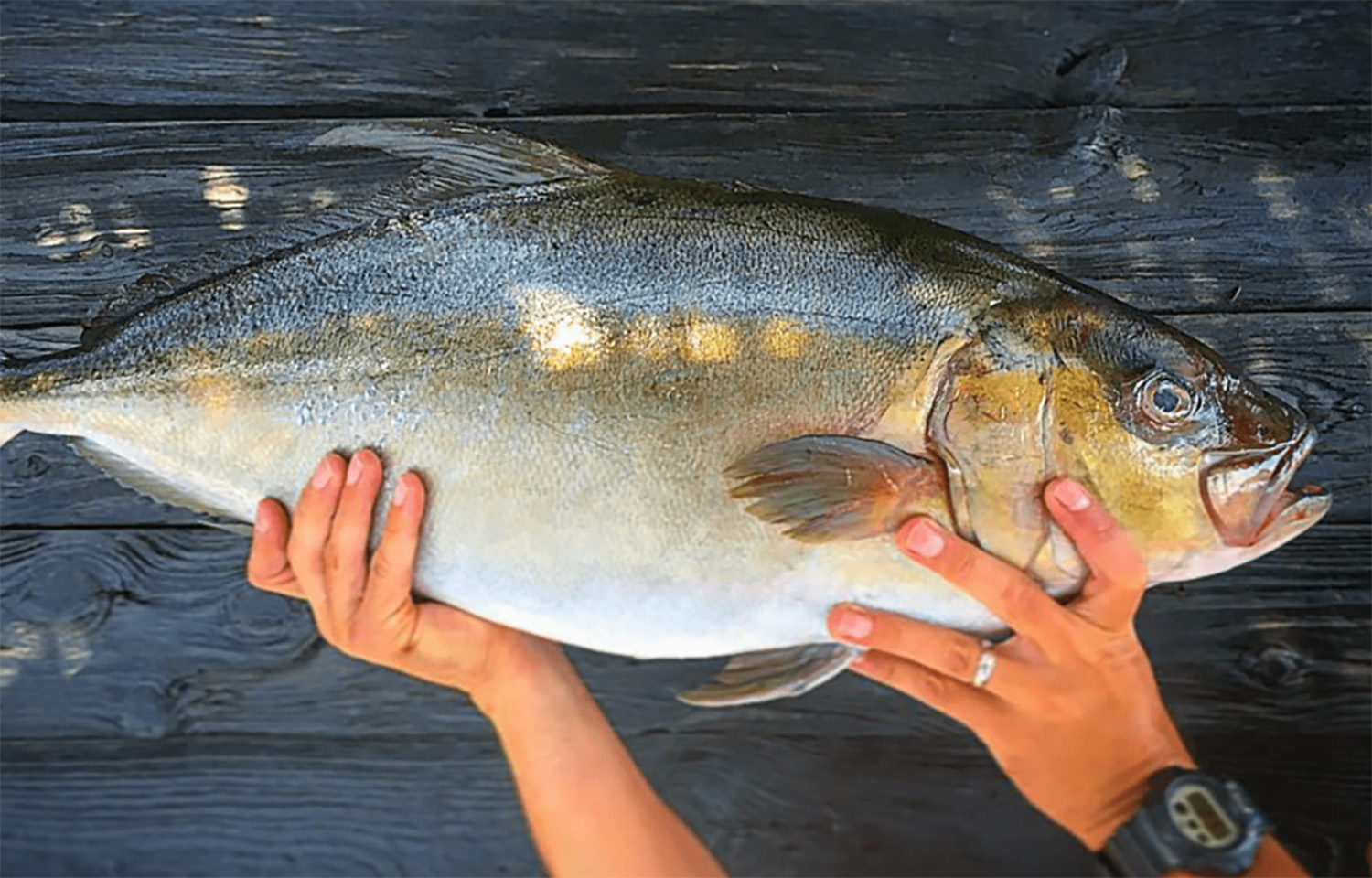Many Latin American aquaculture firms look abroad to sell their farmed fish, but in Mexico, local demand for gourmet seafood is growing and should not be underestimated, according to La Paz, Mexico-based premium yellowtail fish-farming firm Omega Azul.
“The market here for premium seafood is blowing up. I’m amazed at how much we can sell here and for the price at which we can sell it, so there’s something here. Consumption of premium seafood has jumped,” Omega Azul CEO Roderick Chrisman told SeafoodSource.
Omega Azul is the result of a 2023 merger between two La Paz-based kanpachi farmers – one of the same name and another named King Kampachi. Chrisman was the head of sales during the merger and assumed the role of CEO in September 2023.
“When we did the merger, I looked at the numbers to see where the demand was coming from; we’re the only fresh kanpachi [supplier] for Mexico,” he said. “If I had decided to move it all to the U.S. like we had been doing before the merger, we would have given up this market. Luckily for me and the market, the Mexican peso went from MXN 18 [per 1 USD] to MXN 16 [per 1 USD], so my numbers looked really good.”
Two-thirds of the company’s production is sold domestically, with the remaining one-third being sent to the United States, Chrisman said, bucking the traditional trend of the domestic market being an afterthought.
In 2023, Omega Azul brought in about USD 3.7 million (EUR 3.4 million) in revenue on roughly 260 to 270 metric tons (MT) of its farmed Seriola rivoliana fish, also known as yellowtail, amberjack, or kanpachi. This year, the company is forecasting USD 6.3 million (EUR 5.9 million) on 450 to 500 MT of sales, with sights set on that total doubling again in 2025.
Given Latin American aquaculture firms’ typical penchant for looking abroad to find demand, local customers in Mexico were suspicious of Omega Azul’s loyalty toward the Mexican market, especially with its ambitious growth plans, Chrisman said.
“One of our bigger domestic customers came to visit, and he asked, ‘How do I know you’re not going to sell all the fish to the U.S. since you’re American?’ I looked at him and told him that I like pesos! He looked at me funny and said that was the first time he had heard someone say that. But, we’re in Mexico, so we need the pesos to pay our people and our expenses,” Chrisman said. “We’re looking to hold this market, support it, and keep the growth of premium seafood growing here. We’re part of that.”
According to Chrisman, there are a few factors particularly driving local demand for premium, sustainable seafood. These include ...








